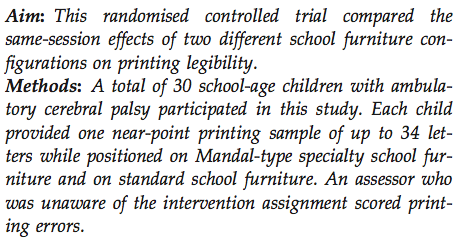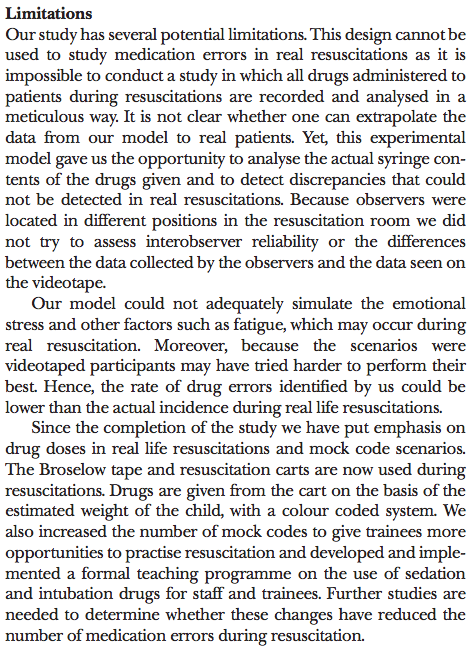11.7 Optional questions
These questions are optional; e.g., if you need more practice, or you are studying for the exam. (Answers appear in Sect. A.12.)
11.7.1 (Optional) Deciding which test to use
This question has a video solution in the online book, so you can hear and see the solution.
Singh and Prasad (2016) examined the mortality rates within five years of lower-limb amputation, and factors that may be associated with mortality. A summary of the data are shown in Fig. 11.3.
Which tests would have been \(t\)-tests? Which tests would have been chi-square tests? What do the \(P\)-values tell you?

FIGURE 11.3: Summary data from a study of 5-year mortality rates among lower-limb amputees.
11.7.2 (Optional) Reading research articles
Mastering handwriting is an important skill for children to learn, but children with cerebral palsy have a higher prevalence of handwriting problems.
Ryan et al. (2010) examined the effect of handwriting legibility of children with cerebral palsy using two different types of configuration of the school desks ('standard' or 'speciality').
Each of the \(30\) students (aged \(6\) to \(8\) years old) used both desks. Legibility (and other aspects of handwriting) was assessed using the quantitative Minnesota Handwriting Assessment (MHA) scale.
Part of Table 1 in the paper is shown in Fig. 11.4.

FIGURE 11.4: Part of Table 1 in Ryan et al., 2010.
- Read the extract in Fig. 11.5. Determine P, O, C and I (where possible) for this study.
- Identify the type of study being used. Is this a paired design or not?
Explain. - Identify the type of statistical technique that was probably used to compute the test information in Fig. 11.4.

FIGURE 11.5: Part of the Abstract in Ryan et al., 2010.
Identify the units of observation and units of analysis.
Does the study use blinding? If so, for what reason? If not, why not?
What is the implication? What about double blinding?
Determine the sample mean and sample standard deviation for the scores when children use the standard furniture configuration.
Compute an approximate \(95\)% CI for the population mean legibility score when children use the standard furniture configuration.
Write down a statement communicating the results of the test comparing the two furniture configurations.
Based on this study, do you think the speciality desk improves handwriting legibility?
11.7.3 (Optional) Reading research articles
As with all endeavours involving humans, medical procedures can be subject to human error. One study set out to
...characterise the incidence and nature of medication errors during paediatric resuscitations
--- Kozer et al. (2004), p. 1
The Abstract from this paper is shown in Fig. 11.6. Read this Abstract, then answer the questions that follow.

FIGURE 11.6: The Abstract from Kozer et al. (2004).
- Identify the possible RQ being answered, identifying (where possible) P, O, C and I.
- Identify the type of question is being asked: descriptive, relational, repeated-measures or correlational.
- Explain whether the study is observational or experimental (true or quasi).
- List the possible limitations can you identify with this study. Then identify the limitations identified by the authors, by reading the extract in Fig. 11.7.

FIGURE 11.7: The limitations listed in Kozer et al. (2004).